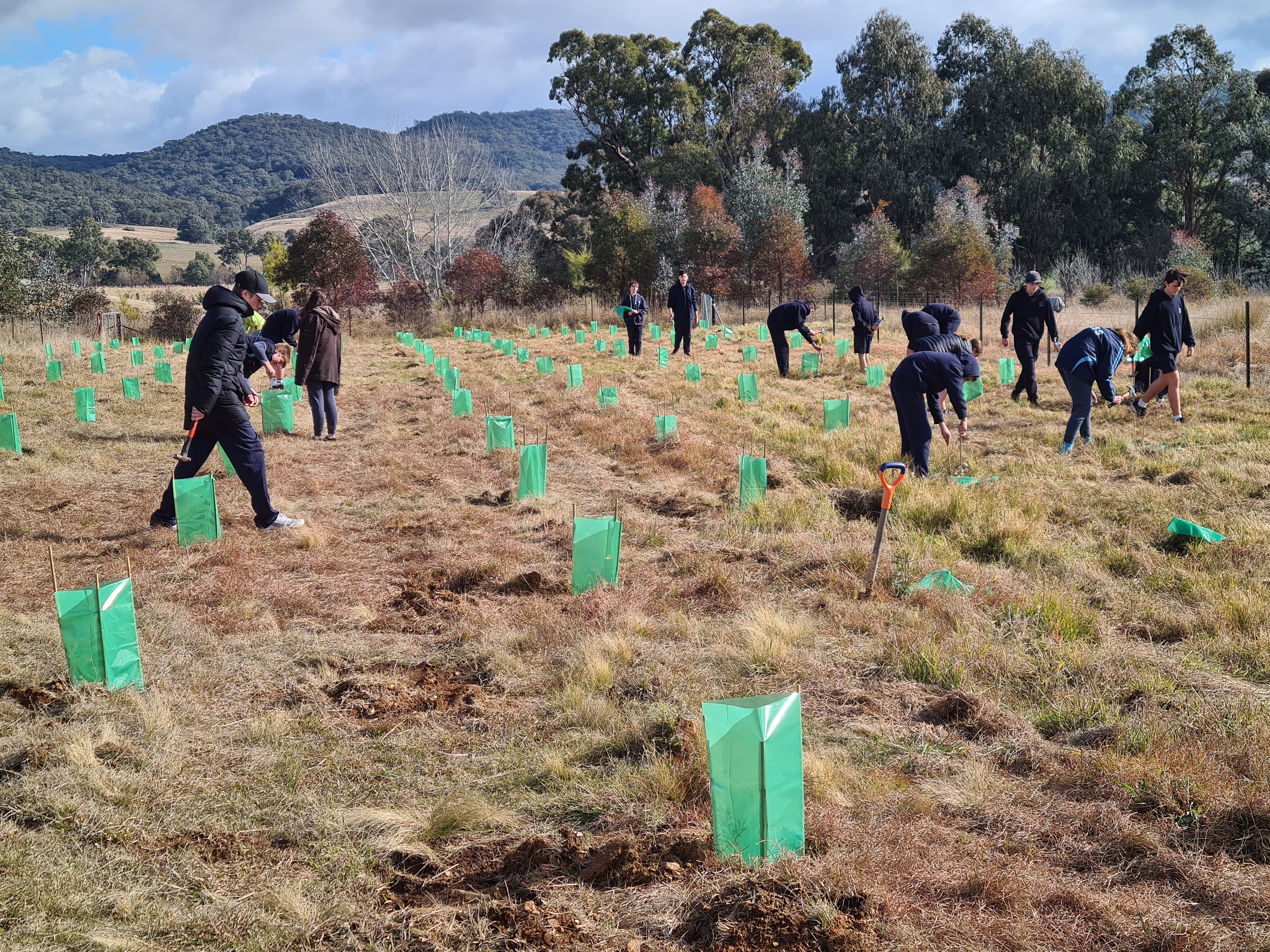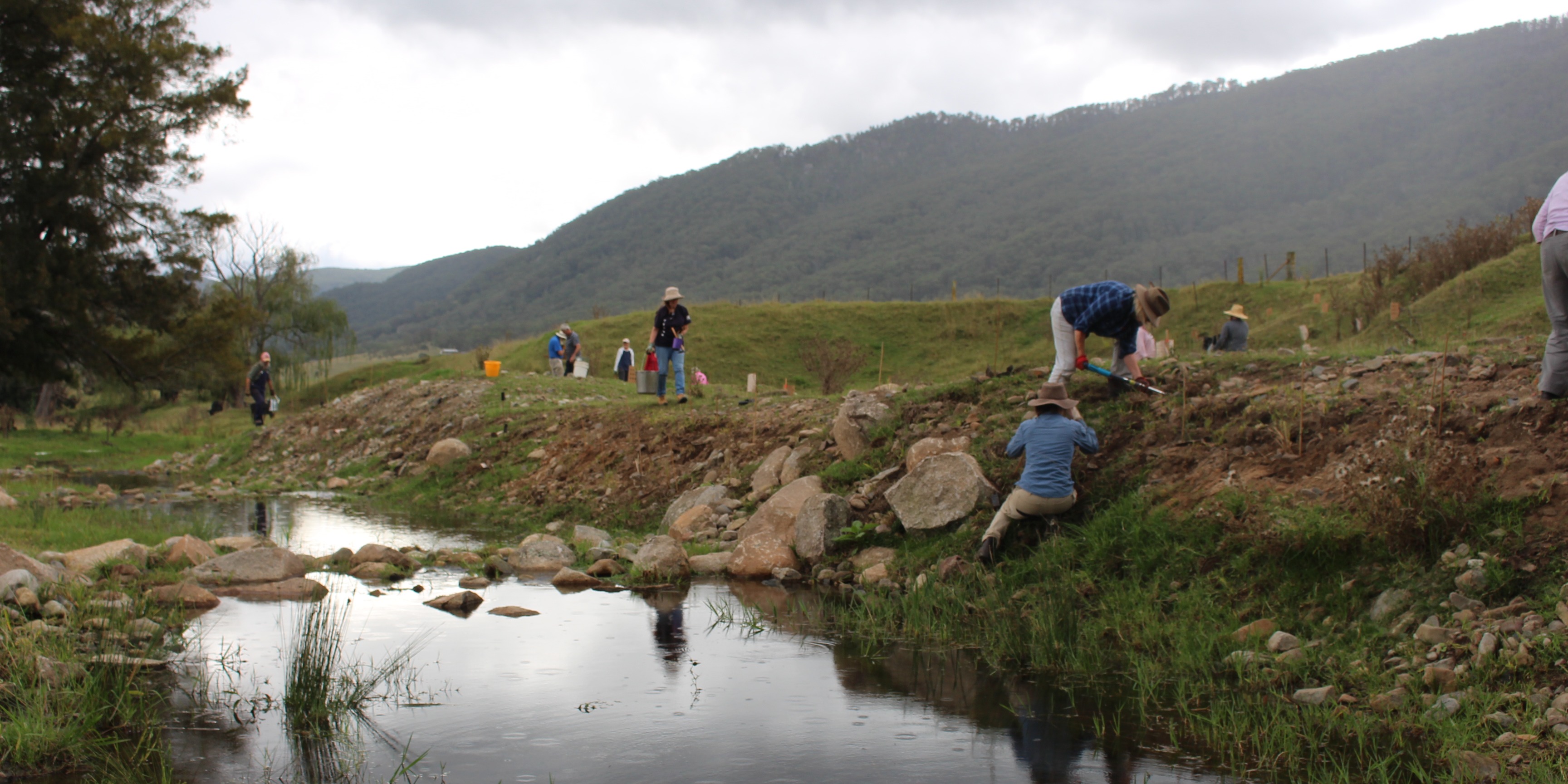Key points
- Estuaries are coastal waterways where rivers and streams meet the ocean. They support diverse and unique ecosystems including seagrass, soft sediments, mangroves and saltmarsh, and marine animals from shellfish to dolphins.
- Healthy estuaries support tourism, recreation, shipping, aquaculture and fishing, and are extremely important to the NSW economy and way of life.
- Estuaries are being affected by climate change. Waters are warming and acidifying, and sea-level rise is causing higher, more extensive and more frequent inundation of estuaries and nearby low-lying areas.
- Development adjacent to estuaries is vulnerable to sea-level rise.
- Better understanding of how estuaries will change because of threats such as sea-level rise will improve future mitigation strategies.
The importance of estuaries in NSW
An estuary is a partially enclosed, coastal water body where freshwater from rivers and streams mixes with salt water from the ocean. The water is brackish (saltier than freshwater, but not as salty as sea water). Because estuaries transition between river and marine environments, they are affected by both freshwater inflows from the river and tidal flows from the ocean.
NSW’s 184 estuaries are important to NSW residents because they:
- are home to most of our population; 80% of NSW’s people live within 5 km from the coast
- support fishing; commercial and recreational fishing around NSW estuaries is worth nearly $600 million each year
- sustain shipping and tourism, such as Sydney Harbour
- support recreation; activities such as boating, fishing, swimming, diving, windsurfing and bird watching are common in estuaries
- hold cultural values; many NSW estuaries are significant to Aboriginal peoples.
Estuaries are also a vital component of our environment.
Estuaries are highly productive ecosystems and are rich in biodiversity. A large number of birds, mammals, fish and other wildlife live in and around estuaries. Many freshwater and marine organisms depend on estuaries as part of their reproductive cycles, and migratory birds often make estuaries a stopover.
The wetland plants that live around estuaries protect and stabilise the shoreline from erosion. Estuaries are also important for filtering pollutants from the water that flows through them. This includes sediments, nutrients, plastics, pesticides, herbicides and heavy metals. This function also makes them susceptible to degradation due to impacts of the trapped pollution.
Estuaries are also important carbon sinks, removing carbon dioxide from waters and the atmosphere.
NSW has 6 main types of estuaries:
- drowned river valleys (eg Hawkesbury–Nepean, Georges River, Clyde River and Port Hacking)
- large estuarine lakes (eg Pambula Lake, Tuggerah Lakes, Narrabeen Lagoon and lake Illawarra)
- saline coastal lagoons (eg Dee Why and Manly lagoons, and larger systems such as Wallaga Lake)
- wave-dominated rivers (eg Tweed River, Clarence River)
- back dune lagoons (eg Swan Lake, Nadgee Lake, Wollumboola Lake)
- small coastal creeks.
Many of these estuaries are naturally intermittently open to the ocean. Some are naturally open or depend on human intervention to maintain open entrances.
How estuaries are affected by climate change in NSW
Climate changes to the ocean and catchment affect estuaries. Climate change was recognised as a major threat to estuaries in the NSW Marine Estate Threat and Risk Assessment.
Estuaries are particularly vulnerable to the impacts of climate change because:
- as a link between rivers and the ocean, estuaries will be affected by changes in the catchment (temperature and rainfall changes) and by ocean changes (temperature, chemical and sea level changes)
- they often have a small volume of water, which is more sensitive to the impacts of acidification, temperature rise and rainfall changes
- the land near many estuaries is low-lying, so nearby development and infrastructure is more threatened by sea level rise and more extreme weather events than the open coast.
Climate change is having significant effects on NSW estuaries:
- Estuaries in NSW are rapidly warming and acidifying.
- Sea-level rise is causing more extensive and more frequent inundation of estuaries and nearby low-lying areas. In some estuarine areas, the number of days with some inundation of low-lying streets has more than doubled over the last few decades. Currently, around 3,345 buildings are exposed to estuarine inundation at a 1 day per year (exceedance) frequency. By 2100, under the same inundation frequency, exposure is projected to increase to between 50,700 and 86,700 buildings under low (SSP1-2.6) and high (SSP3-7.0) emission scenarios, respectively
- More frequent and severe weather events will cause storm surges, exacerbating the impacts of sea-level rise.
- Sea-level rise is also increasing the tidal penetration of open estuaries, and changing when intermittently open lagoons are linked to the ocean.
- Lagoons and wave-dominated river estuaries are warming and acidifying much faster than originally predicted.
Such changes can have social and economic consequences. In NSW, 4 out of 5 people are likely to have significantly altered lifestyles as estuaries are affected by climate change.
Adapting to changes in estuaries in NSW
To understand the implications of climate change in estuaries, researchers from the University of NSW, Macquarie University, the Sydney Institute of Marine Science, and the NSW Government have prepared a guide for assessing climate change risk in our estuaries.
Adaptation responses can be developed based on the level of risk and impact. Funding, feasibility, community preference and the environmental impact of adaptation actions will all influence which adaptation strategy is best.
The CoastAdapt program identifies adaptation options for:
- planning
- engineering
- ecosystem management
- social community
- education measures.
Other elements of the NSW framework for managing coastal and estuary hazards, including sea-level rise, include:
Related information
Sea-level rise and coastal hazards - NSW Government
Climate change and estuaries - University of New South Wales
Coastal hazards under sea-level rise: Estuarine inundation snapshot - NSW Government
Rising tides: Tidal inundation in south-east Australian estuaries - Academic paper
Case studies
The Restore and Renew webtool provides simple, science-backed guidance to improve restoration projects across New South Wales. In the Hunter Valley, it is helping to rebuild climate-ready, genetically diverse populations of the River Red Gum.

The Yass Area Network of Landcare Groups is is using the Restore and Renew webtool to guide seed selection for their Climate Ready Revegetation Project.

